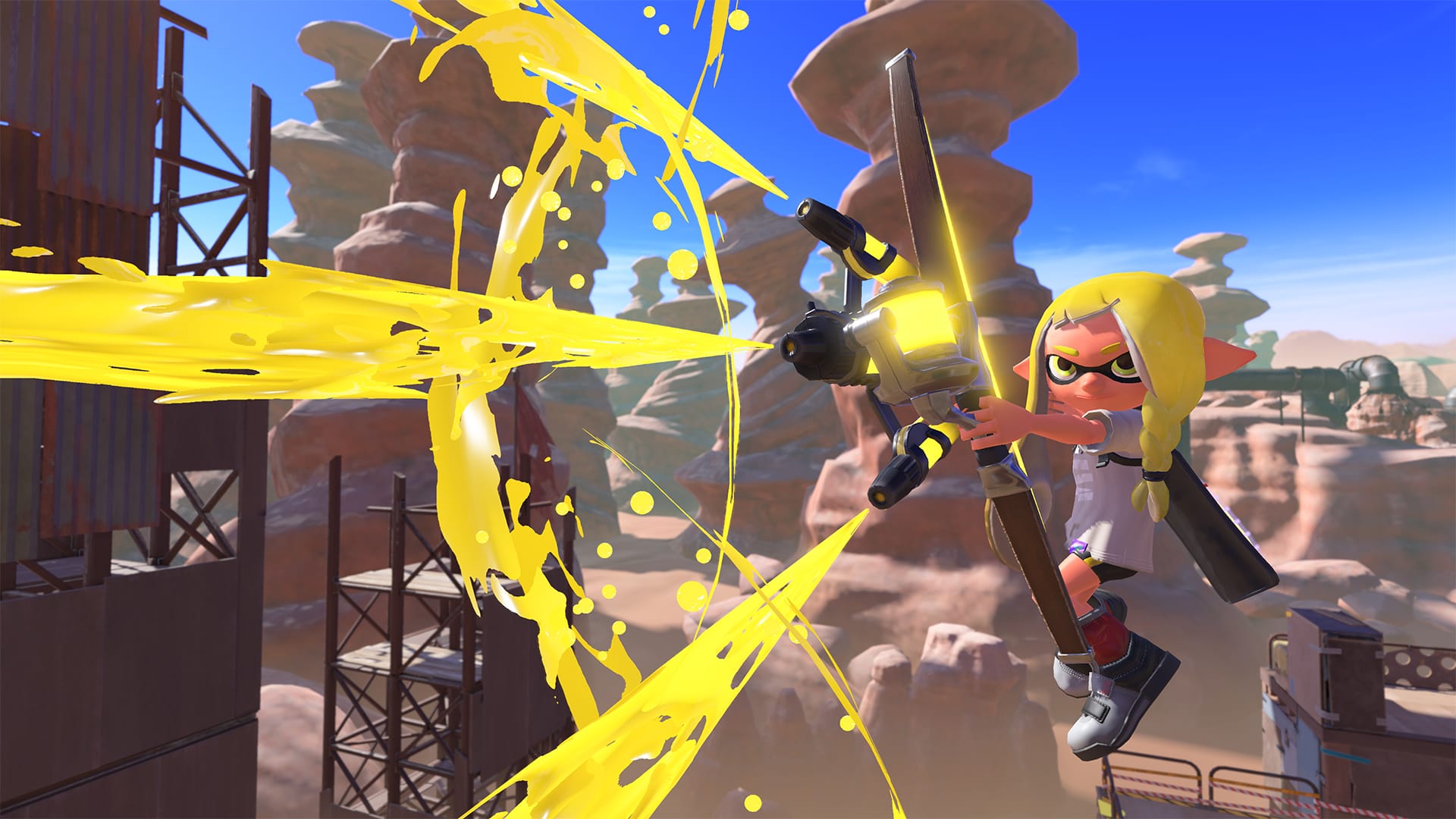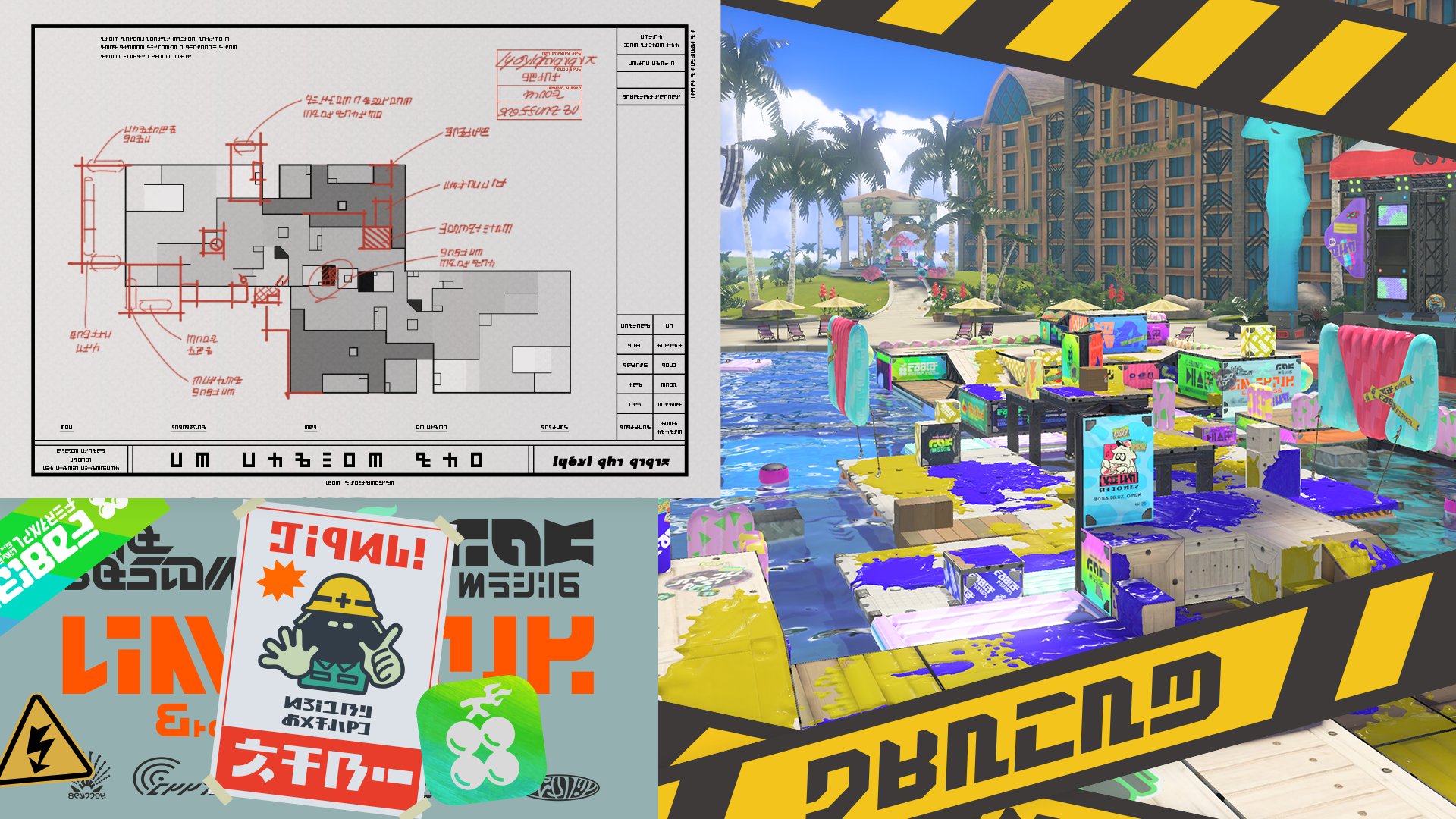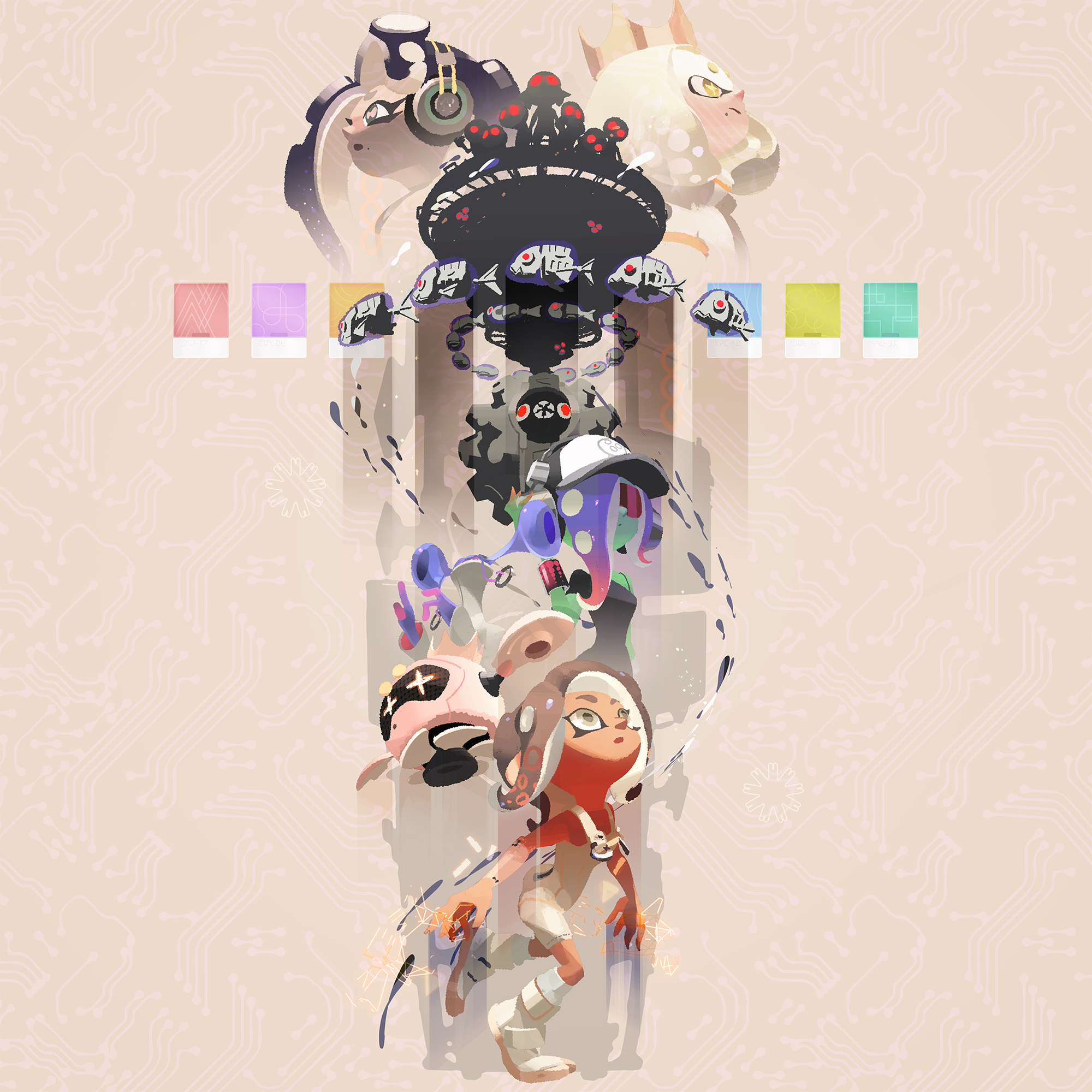A Deep Dive Into the World of Splatoon
Exploring the fascinating player-influenced world of Splatoon

Nintendo is a company that prides itself on its legacy content and has shown great respect for its pantheon of franchises throughout its 45-year history in developing video games. Moreso than other large publishers, it feels like Nintendo is satisfied with its lineup and very rarely goes out of its way to reinvent its image with a new franchise.
But on the rare occasion they do, the result can be titanic, as was the case with Splatoon for the oft-maligned Wii U. Revealed 10 years ago at E3 2014, Splatoon marked Nintendo's first proper foray into the online multiplayer shooter genre and was hailed as a massively innovative spin on a genre that had well and truly saturated the market at the time.
During an era where many large-scale releases were criticized for being drab and grey experiences, Splatoon seemingly went out of its way to go in the complete opposite direction. It focused on making the game all about colour and covering the floor in all sorts of neon inks with an arsenal of unconventional weapons to help you achieve that goal.

Needless to say, the idea was (and still is) absolutely genius and has led to this fledgling franchise taking a seat alongside Mario, The Legend of Zelda, and Animal Crossing as one of Nintendo's premier titles for their platforms, which is no mean feat in less than 10 years. At the time of its release, Splatoon 3 was the fastest selling video game of all time in Japan, with 3.45 million copies being sold in that country alone. Splatoon is far more than a flash-in-the-pan franchise.
As you dive into the details of Splatoon, there is much more going on beneath the surface than a first look would have you believe. Laying just below the fun and quirky premise of squid/human hybrids playing the equivalent of extreme paintball is a world that has been meticulously thought out and planned for an extensively long time. This helps to bring all of these fun and quirky elements into a cohesive package that has had me enthralled since the very beginning.
Unlike Nintendo's other franchises, Splatoon invites players to become truly immersed and invested in the world of Inkopolis and the Splatlands; over the course of three games, players have had a meaningful impact on the world and story of Splatoon and this sense of engagement is something wholly unique to Splatoon as a part of Nintendo.
At the time of its release, Splatoon 3 was the fastest selling video game of all time in Japan, with 3.45 million copies being sold in that country alone.
This engaged storytelling emerges primarily through the various so-called "Splatfests" that take place every month or so. While most of these are fun competitions to keep players engaged with the game, some have shaped the story of upcoming content.

This is most evident in the "Chaos Vs. Order" Splatfest which took place in Splatoon 2, with the winner of this competition actively changing the direction of Splatoon 3 before it was developed. The fact that the players have had a hand in the development of this new title is a novelty that certainly has its appeal.
Beyond this player engagement, the world of Splatoon itself is full of identifiable and entertaining characters that have a tight web of relationships players are encouraged to map out and learn. Almost everything in Splatoon has a reason to exist within the world and as a function for the player.
For example, instead of a Player vs Enemy mode that feels tacked on and unexplained, "Salmon Run" is presented as a slightly unsavoury way to earn extra money and has a completely different energy than the high-paced PvP multiplayer. Despite this big jump between the two modes, they both somehow fit together brilliantly.

The commitment to detail in the world of Splatoon is staggering, with elements from previous titles always coming back in surprising yet satisfying ways that feel deliberate. Characters who were unexplained chaperones in a multiplayer mode or just on an album cover for Splatoon 2 are made hugely important in Splatoon 3. Even the player character from Splatoon 1 has graduated into a recurring character in the world of Splatoon, which is a huge nostalgia bump for those who have played since the first game!
Almost everything in Splatoon has a reason to exist within the world and as a function for the player.
Nintendo is famously avoidant when it comes to making defined lore for their long-running franchises. If you need an example, take a look at the spaghetti timeline of The Legend of Zelda. Even the latest game tries its level best to avoid acknowledging the game that came directly before it.
The same isn't true for Splatoon. People who have been playing since the very beginning are rewarded in spades for their time and commitment to the world. Seeing the world steadily grow and develop over time is a feeling that can't be matched by any other franchise in Nintendo's library and I don't think that novelty will ever truly wear off for me.

Even things like stage redesigns and weapon changes across games are all explained as a part of the world of Splatoon. Stages are reconstructed and regulations around weapons change over time, meaning certain weapons are effectively "banned" in the lore of the game. Why were all the special weapons changed between Splatoon 1 and Splatoon 2? There was an energy consumption crisis and new lower-power specials had to be developed. Some multiplayer maps even let you see other maps in the distance, creating a geographic cohesion that strongly resembles Super Mario Sunshine - almost the exact opposite game to this one!
Things like this don't need to be addressed (and often aren't) by other titles in the same genre. Multiplayer shooters regularly rework their mechanics with the changing tide of the multiplayer audience, without any regard for how it makes sense in the world of the game. Splatoon goes above and beyond to make sure that all changes and adaptations fit within the ever-growing world of Inkopolis.

As of writing this piece, Splatoon 3's rogue-lite DLC mode cleverly titled "Side-Order" is releasing in just over a week and stands as a direct sequel to the "Octo Expansion" DLC for Splatoon 2 in 2018. Featuring some of the same cast between the two campaigns, this will undoubtedly be a treat for players who have spent time with them before. With some characters making their in-game debut in this campaign, they will graduate from simple background art to a fully-fledged part of the story.
This DLC also scratches the itch of seeing what could have possibly been if the "Chaos Vs. Order" Splatfest went the other way. I'm hugely excited to be returning to these characters that I know and love, and I look forward to seeing how everything is tied together with what I've played already. Knowing Splatoon, it'll be a wild ride until the very end.
Without a doubt, Splatoon is a franchise we will be seeing for years to come. Splatoon 4 is almost a certainty on the next Nintendo platform and I cannot wait to see how the story evolves from here, and how much deeper the waters can get on the way.
